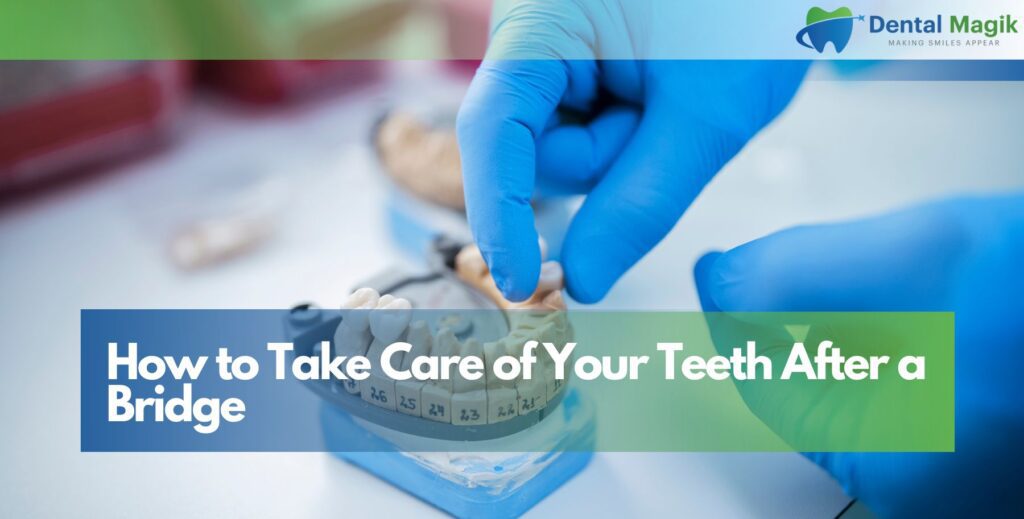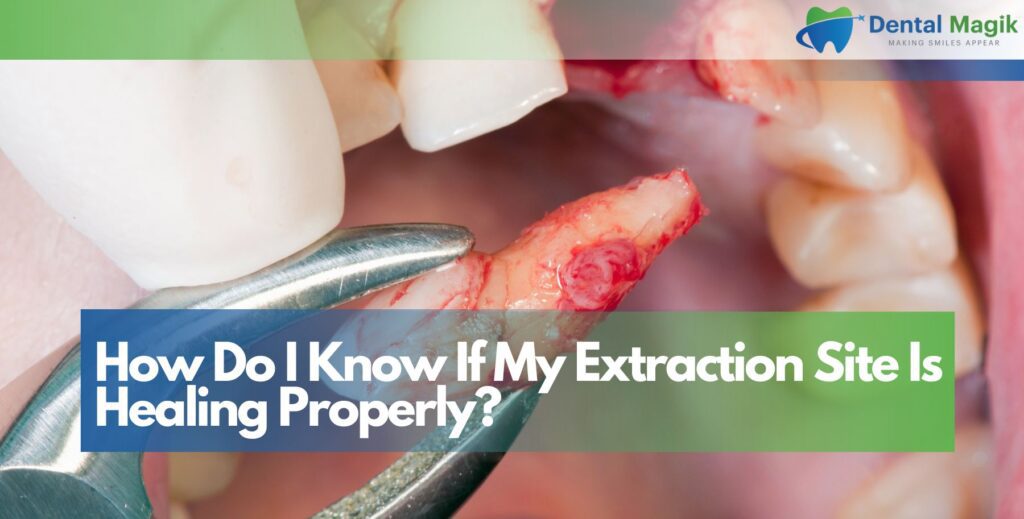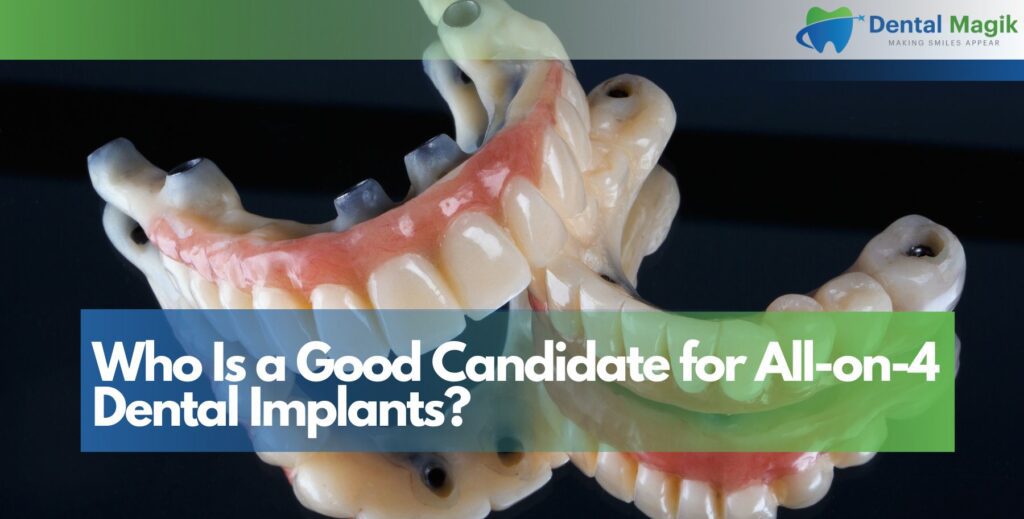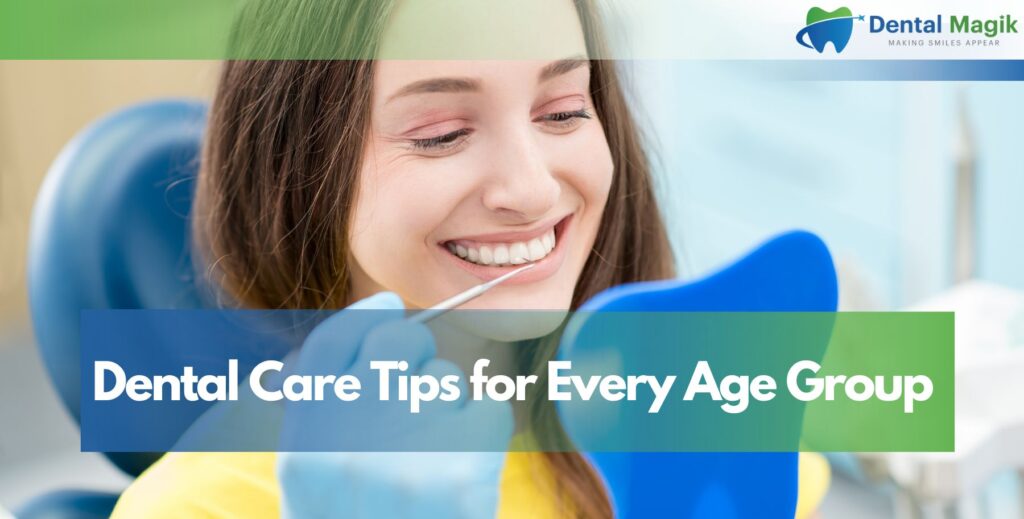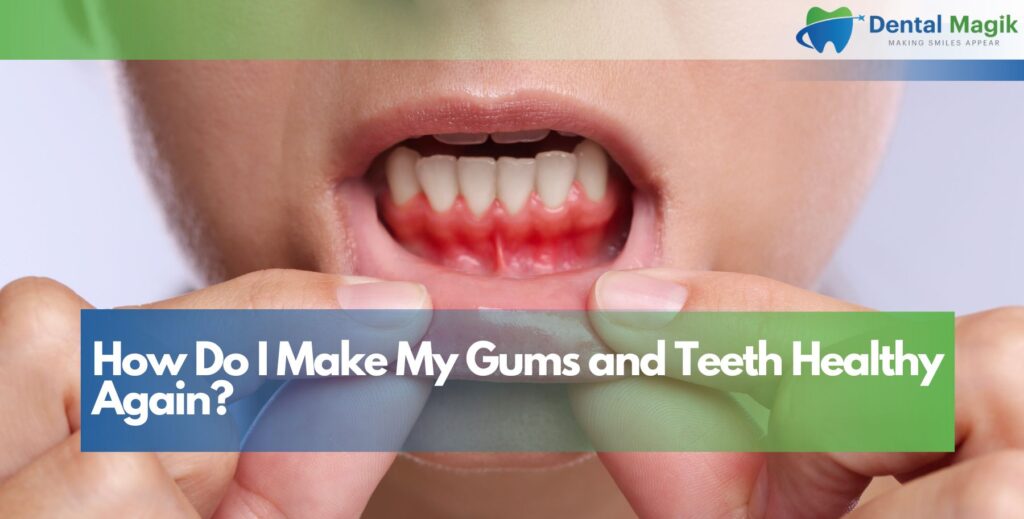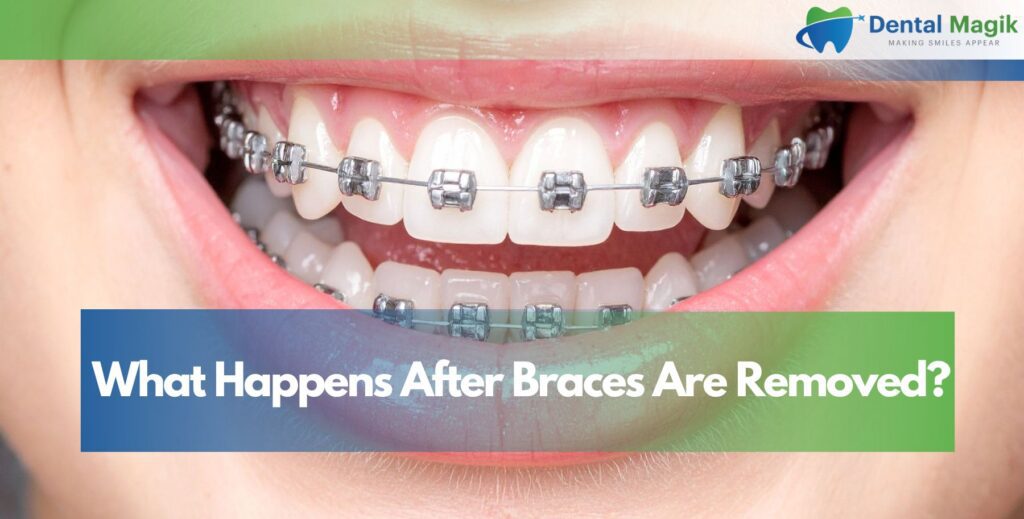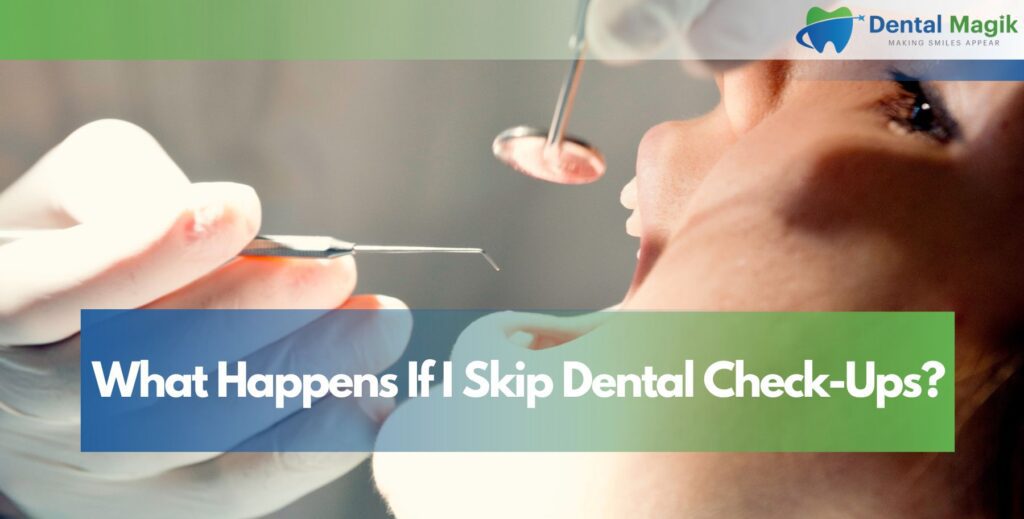Getting a dental bridge is a significant step toward restoring your smile and improving oral health, especially for those who have lost one or more teeth. A dental bridge fills the gap left by missing teeth, enhancing chewing ability, speech, and aesthetics. However, maintaining a dental bridge requires diligent oral hygiene to ensure its longevity and prevent complications like gum disease or tooth decay.
What is a Dental Bridge and Why Care Matters
A dental bridge is a fixed dental restoration that replaces one or more missing teeth by anchoring artificial teeth (pontics) to adjacent natural teeth or dental implants. Bridges are typically made of materials like porcelain, ceramic, or metal, blending seamlessly with your natural teeth. Proper dental bridge care is essential to prevent plaque buildup, gum inflammation, or damage to the bridge or supporting teeth, ensuring it lasts for 10-15 years or more.
Importance of Post-Bridge Care
After receiving a dental bridge, the surrounding gums and teeth require extra attention to maintain oral health. Poor oral hygiene can lead to bacterial buildup under the bridge, causing gum disease, tooth decay, or even bridge failure. Consistent care also supports overall dental health, reducing the need for costly repairs or replacements and keeping your smile confident.
Daily Oral Hygiene for Dental Bridge Care
A consistent oral hygiene routine is the foundation of dental bridge care. Daily habits tailored to your bridge can prevent plaque and bacteria from compromising your oral health.
Brush Twice Daily with a Soft-Bristled Toothbrush
Brushing your teeth twice a day is crucial for dental bridge care. Use a soft-bristled toothbrush and fluoride toothpaste to clean the bridge, supporting teeth, and gums. Focus on the area where the bridge meets the gumline, as plaque tends to accumulate there. Brush gently for two minutes, using small, circular motions to avoid damaging the bridge or causing gum recession.
Floss Carefully Around the Bridge
Flossing is essential to remove plaque and food particles from under the dental bridge, where a toothbrush can’t reach. Use floss threaders, super floss, or interdental brushes to clean beneath the pontic (the artificial tooth). Gently thread the floss under the bridge, moving it back and forth to remove debris without dislodging the bridge. Daily flossing prevents gum inflammation and tooth decay in the supporting teeth.
Use an Antibacterial Mouthwash
Rinsing with an antibacterial mouthwash helps kill bacteria and reduce plaque buildup around the bridge. Choose a mouthwash with ingredients like chlorhexidine or essential oils for effective gum protection. Rinse for 30 seconds after brushing and flossing to enhance your oral hygiene routine and maintain a healthy mouth.
Specialized Tools for Dental Bridge Maintenance
In addition to standard oral hygiene practices, specialized tools can make dental bridge care easier and more effective, ensuring thorough cleaning and long-term dental health.
Water Flossers for Easy Cleaning
A water flosser uses a stream of water to clean under the bridge and along the gumline, making it an excellent tool for those with dexterity issues or sensitive gums. Adjust the pressure to a comfortable setting to avoid irritating the gums while effectively removing debris and plaque.
Interdental Brushes for Tight Spaces
Interdental brushes are small, cone-shaped brushes designed to clean between teeth and under bridges. They are particularly useful for removing food particles and plaque from hard-to-reach areas. Choose the right size for your bridge and use it daily as part of your oral hygiene routine.
Proxy Brushes for Precision
Proxy brushes are tiny, flexible brushes that fit under the pontic of a dental bridge. They allow for precise cleaning of tight spaces, ensuring no plaque or debris remains. Use proxy brushes gently to avoid damaging the bridge or supporting teeth.
Diet and Nutrition for Dental Bridge Care
Your diet plays a significant role in maintaining a healthy bridge and supporting oral health. Certain foods and habits can protect or harm your dental bridge.
Avoid Hard or Sticky Foods
Sticky foods like caramel, toffee, or chewing gum can adhere to the bridge, pulling it loose or trapping bacteria. Hard foods, such as nuts or ice, can damage the bridge or supporting teeth. Opt for soft, nutritious foods like yogurt, mashed vegetables, or smoothies to minimize stress on the bridge.
Limit Sugary Foods and Drinks
Sugary foods and beverages feed bacteria, leading to plaque buildup and tooth decay around the bridge. Reduce consumption of candies, sodas, and sugary snacks, and rinse your mouth with water after eating sweets to neutralize acids and protect your gums.
Eat Nutrient-Rich Foods
A diet rich in vitamin C (found in citrus fruits, berries, and broccoli) supports gum health, while calcium and vitamin D (in dairy or fortified foods) strengthen supporting teeth and jawbone. Incorporate leafy greens, lean proteins, and whole grains to promote overall dental health.
Lifestyle Habits to Protect Your Dental Bridge
Certain lifestyle changes can enhance dental bridge care, reducing the risk of damage and supporting long-term oral health.
Quit Smoking
Smoking stains the dental bridge, weakens gum health, and increases the risk of gum disease. Quitting smoking improves blood flow to the gums, supporting healing and reducing bacterial growth. Seek support from cessation programs to protect your bridge and smile.
Avoid Using Teeth as Tools
Using your teeth or bridge to open bottles, tear packages, or bite nails can damage the bridge or supporting teeth. Use appropriate tools for these tasks to prevent cracks, chips, or loosening of the bridge.
Stay Hydrated
Drinking water throughout the day keeps your mouth moist, washing away food particles and bacteria that can harm the bridge. Hydration also supports saliva production, which naturally cleanses the mouth and protects gum health.
Regular Dental Visits for Bridge Maintenance
Professional dental care is critical for maintaining a dental bridge and ensuring the health of surrounding teeth and gums. Regular dental visits help detect and address issues early.
Schedule Dental Checkups Every Six Months
Visit a dentist every six months for a dental checkup and professional cleaning. The dentist will inspect the bridge for signs of wear, check the health of supporting teeth, and remove tartar that can’t be eliminated by brushing. Regular checkups prevent gum disease and ensure the bridge functions properly.
Address Bridge Issues Promptly
If you notice pain, sensitivity, or looseness in the bridge, contact your dentist immediately. These could indicate issues like gum inflammation, tooth decay, or a poorly fitting bridge. Early intervention prevents further damage and costly repairs.
Consider Dental Sealants or Adjustments
In some cases, your dentist may recommend sealants to protect supporting teeth or adjustments to ensure the bridge fits comfortably. These measures enhance bridge longevity and oral health.
Common Issues with Dental Bridges and How to Prevent Them
Understanding potential bridge problems and their prevention strategies can help you maintain a healthy smile.
Plaque Buildup and Gum Disease
Plaque buildup under the bridge can lead to gingivitis or periodontitis, causing gum inflammation or tooth decay. Prevent this by brushing, flossing, and using specialized tools daily, along with regular dental cleanings.
Bridge Loosening or Damage
A loose bridge or cracked pontic can result from chewing hard foods or trauma. Avoid sticky or hard foods, and wear a mouthguard if you grind your teeth at night to protect the bridge.
Tooth Decay in Supporting Teeth
The teeth supporting the bridge are susceptible to decay if plaque accumulates. Maintain rigorous oral hygiene and visit your dentist regularly to monitor the health of these teeth.
Conclusion
Taking care of your teeth after a bridge is essential for ensuring the longevity of your dental bridge and maintaining overall oral health. By adopting daily oral hygiene practices, using specialized tools, making dietary adjustments, and scheduling regular dental visits, you can protect your bridge and keep your smile vibrant. Addressing issues like plaque buildup or gum disease promptly ensures your bridge remains functional for years. For expert guidance and personalized care, consult a dentist in East Brunswick, NJ, to keep your dental bridge and oral health in top shape.
FAQs
Why is dental bridge care important?
Dental bridge care prevents plaque buildup, gum disease, and tooth decay, ensuring the bridge lasts 10-15 years and supports overall oral health.
How do I clean under a dental bridge?
Use floss threaders, super floss, interdental brushes, or a water flosser to remove plaque and debris from under the bridge daily.
What foods should I avoid with a dental bridge?
Avoid sticky foods (e.g., caramel) and hard foods (e.g., nuts, ice) to prevent bridge damage or loosening, and limit sugary foods to reduce decay risk.
How often should I visit a dentist after getting a bridge?
Schedule dental checkups every six months for professional cleanings and to monitor the bridge and supporting teeth for any issues.
What should I do if my dental bridge feels loose?
Contact a dentist immediately if your bridge feels loose or painful, as this may indicate gum issues, decay, or a need for bridge adjustment.

